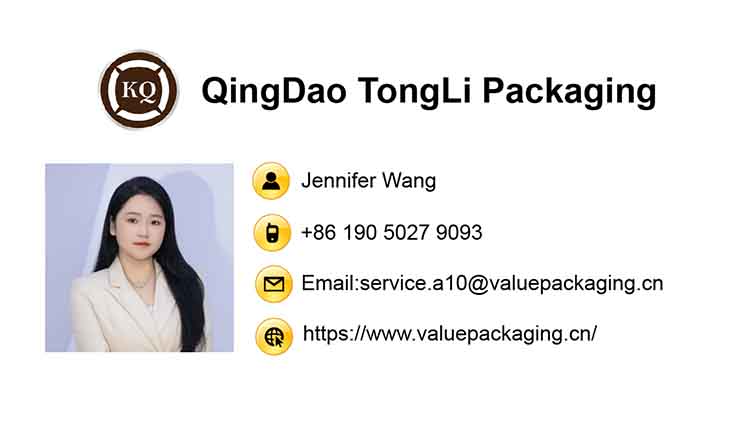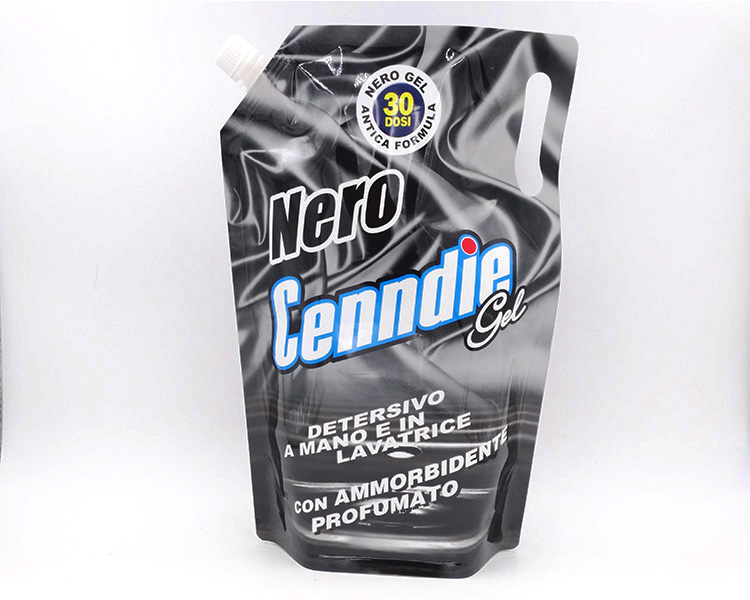
Standup spout pouches are a large part of the packs for household laundry detergent liquids in the current market. The standup spout pouch utilizes a folded gusset at the bottom to hold extra products and, at the same time, presents a better display when they stand on the goods shelves. It would require the foil materials to be strong and durable to ensure the products are well protected during the filling, transit, and distribution process.
Based on a flexible combination of various polymer film materials, the foil materials are able to provide excellent barrier properties, protecting the laundry detergent from air, moisture, and light. Furthermore, a creative artwork design can be printed on all sides of the stand-up pouch, including all the information for branding and sale, which makes the final package more attractive to consumers.
As a well-known flexible converter located in Qingdao, China, we are making the best use of the packaging film materials in the market, which are listed below.
- fossil chemical polymer films
- Aluminum foil metal sheet
- Vacuum metalized film materials
- Ceramic film substrates
- plant-based biopolymer materials
- Biodegradable film materials
- Compostable substrate films
- Fully recyclable substrate films
We are devoted to creating story-telling standup screw cap bags for household laundry detergent that increase product sales and establish a good brand image.
In this post, we will analyze the exact foil materials of this 1800ml laundry detergent standup bag, hoping it could serve as a reference for your products.
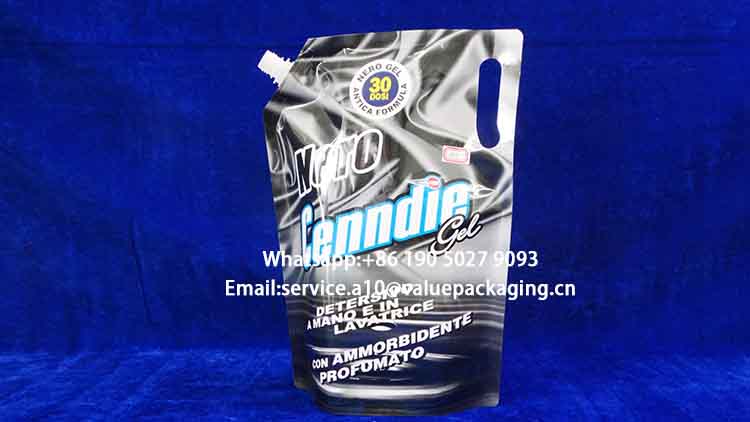
Ok, let’s get into the details of this standup screw cap spout bag.
Packaging Foil Materials
The figure below shows the composition structure of this laminated foil material used to convert this stand-up laundry detergent bag.

It is made of triplex layers, with the outside PET film 12 microns working as the print substrate film, the PA film 15 microns working as the middle supportive layer, and finally, the LDPE film working as the inner sealing layer. The thickness of the LDPE film should be adjusted to suit the requirements of 1800 mL detergent liquids.
Next, let’s get into a deeper understanding of each substrate film material.
PET Film
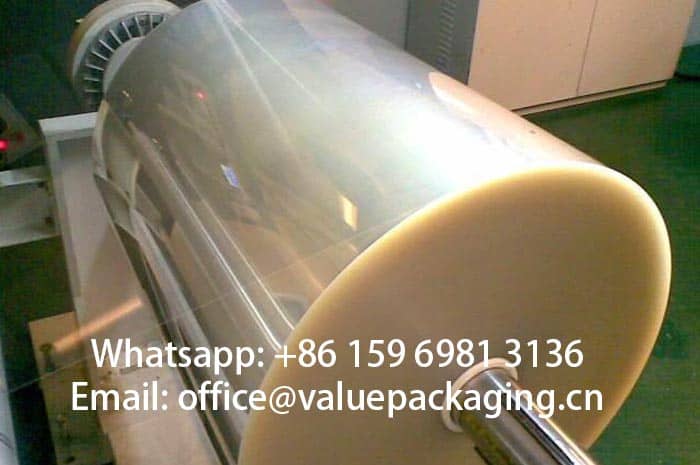
PET film is one of the most widely used printing substrates for flexible packaging sachets. It offers excellent optical clarity, high gloss, good chemical resistance, stable mechanical strength, impressive dimensional stability, and outstanding printability. These qualities allow it to showcase customer artwork beautifully while providing robust mechanical strength to the final package.
In the flexible packaging industry, the most commonly used thickness for PET film is 12 microns, which is equivalent to 0.48 gauge. Therefore, whenever you see references to PET12 or 0.48 g PET, you can understand that they refer to the same material.
PA Film
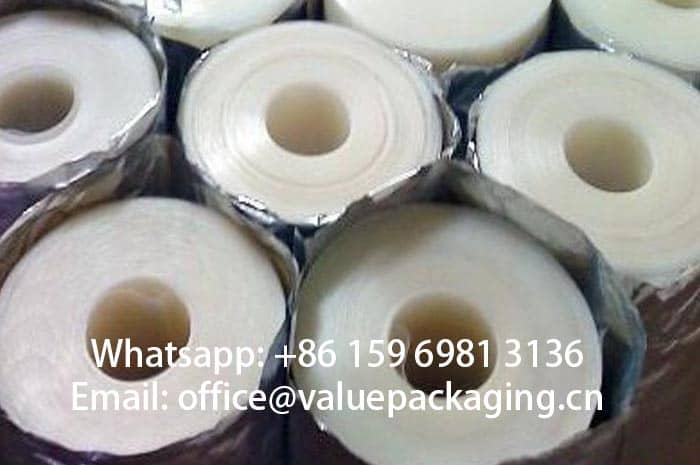
BOPA stands for Biaxially Oriented Polyamide film, which is also known as biaxially oriented nylon (short as NY) film. BOPA film is outstanding in its high tensile strength, excellent anti-puncture ability, and barrier properties, which can resist impact and punctures in numerous applications.
LDPE Film
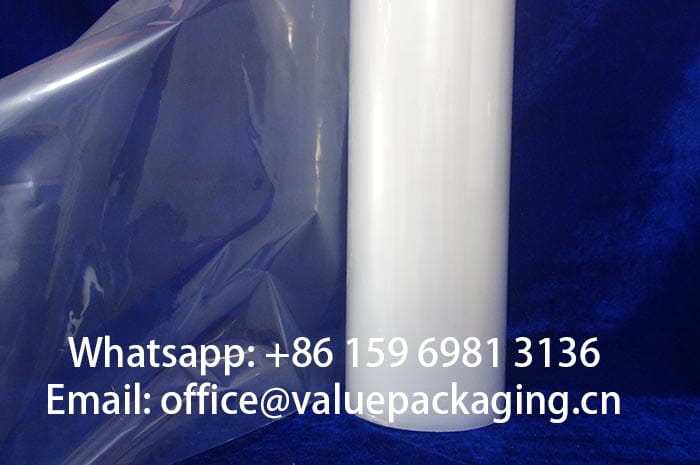
LDPE stands for low-density polyethylene film, which is the most commonly used inner sealing layer for standing juice bags. It is lightweight, easy to fabricate, and offers good chemical and impact resistance. Additionally, LDPE is recyclable and reusable, making it a popular alternative to traditional plastics. It is nontoxic, non-contaminating, and has high break resistance.
Most importantly, the LDPE membrane can be customized to meet the specific needs of various products, ensuring strong seals and effective protection. The thickness of the LDPE membrane film will be determined based on the particular application.
Furthermore, the properties of the LDPE film may need to be modified to withstand the alkaline corrosion of liquid detergents. Different formulas of detergent may require specific adjustments to the low-density polyethylene film. If you need further assistance, please feel free to contact us.
These 3 layers are bonded together into a finished laminated foil material under the dry lamination or solvent-free lamination process. Usually, we describe the finished laminate as PET12/PA15/LDPE foil.
Great Standup Effect
Through the video below, you may learn the standing effect when 3 liters of liquid detergent are filled into a spout bag based on this laminated foil PET12/PA15/LDPE.
Mechanical Property
The spout packaging is designed to protect the laundry detergent during filling, shipping, and distribution. It is built to withstand emergency situations, such as unexpected delivery shocks or packages falling from shelves, ensuring that it will not shatter. This prevents leakage that could contaminate floors or boxes with detergent.
In our manufacturing facility, the mechanical integrity of our 1800ml laundry detergent stand-up sachet is our top priority. Our quality control system implements rigorous measures to ensure that each order meets our expected standards.
In simple terms, conducting a drop test on a filled package is one of the most reliable methods for determining whether the package can withstand sudden impacts without bursting.
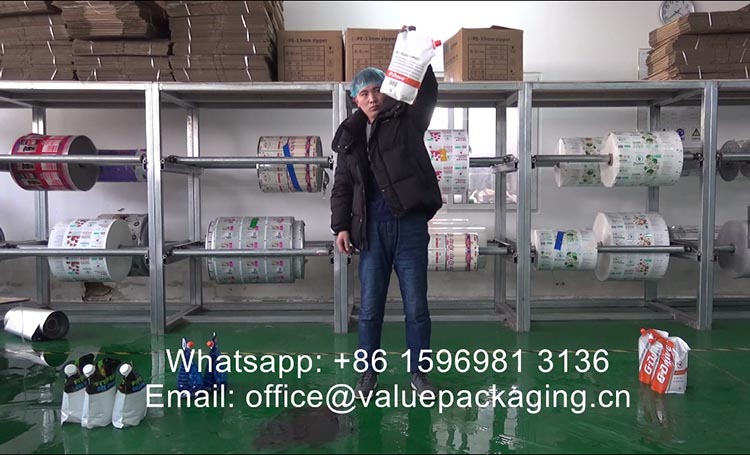
Here, we are going to fill 1800ml of water into this bag, perform the drop test from 1.6 meters high, 3 times, and check if it breaks.
This foil laminate can be good for detergent liquid packs of 1 liter, 2 liters, 3 liters, and even 1 gallon. Of course, there are reinforced foil structures available for more robust packages.
- PET12/PA25/LDPE
- PA15/PA15/LDPE
- PA15/PA25/LDPE
Barrier Performance
Generally, the essential formulas of a household laundry detergent liquid should include, but not be limited to, the list below.
- primary and secondary surfactants
- chelating agents
- enzymes
- builders
- bleaching agents
- optical brighteners
- Foam control agents
- fragrances
- colorants
- preservatives
Upon experience, all the bags and sachets for laundry detergent liquids should be light-shielding to protect the formulas so they work as expected. Strong light will decrease the cleaning effects, and some fragrances may decompose or deteriorate. Laundry detergent products will be kept from the light, shielded to stay functionally active as long as possible.
Furthermore, WVTR (short for water vapor transmission rate) and OTR (Oxygen Transmission Rate) are evaluated for this laminated foil to decide if this spout doy-pack is finally meeting the requirements of each customer.
| Item | Standard | Unit | Typical Value |
| Water Vapor Transimission Rate | ASTM E 96 | g/m2/24hr | 19.5 |
| Oxygen Transmission Rate | ASTM D 372-99 | cc/m2/24hr | 8.5 |
Technical Data Sheet of 1800ml laundry detergent liquid pouch
Here, we attach the specification sheet of this 1800ml laundry detergent liquid sachet based on foil laminate PET12/PA15/LDPE180.
More tests are included in this specification sheet, with items available listed below.
- Yield (grams per square meter)
- Tensile Strength (MPa)
- Elongation Rate (%)
- Coefficient of friction, short as COF
- Solvents Left (mg/m2 )
- Sealing Strength (N/15mm)
- Sealing Conditions
- Bond Strength (N/15mm)
- Burst Strength (J)
- Anti-puncture ability (N)
- Drop Test Ability (cm)
- Anti-pressure ability (kgs)
- Water Vapor Transmission Rate (g/m2/24hr)
- Oxygen Transmission Rate (cc/m2/24hr)
If you want to further understand this PET/PA/LDPE laminated foil, you may just read it here.
More Sustainable Materials Options
Along with the increasing burden of fossil-chemical polymer materials discarded into our environment, there is an unprecedented demand for sustainable packages, which leads to a more eco-friendly activity of the business. Upon the recent investigation of the detergent market, more and more consumers are more likely to purchase a product that acts toward environmental sustainability.
Compostable Packaging Materials
Some of our customers are trying to replace their traditional film materials with compostable items. You can see the roll in the picture below is made of 100% compostable materials for one of our customers in New Zealand.
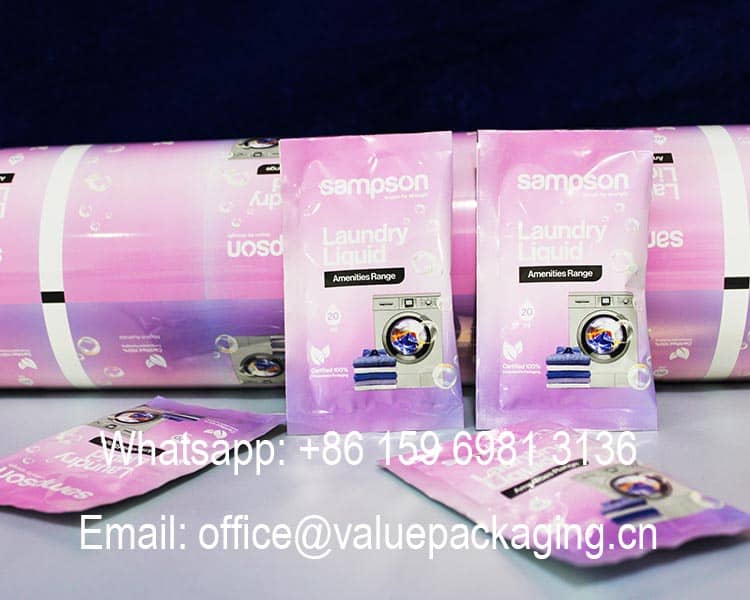
The below graphic shows clearly the foil structure for this laminated compostable foil.

The artwork is printed reversely on the inner side of plant-based cellulose film, with another layer of metalized cellulose working as the light-shielding and barrier layer, and PLA+PBAT biodegradable film working as the inner sealing layer.
However, it didn’t meet the customer’s expectations.
As explained previously, the laminated foil must protect the formulas of the liquid detergent in the sachet. However, for this compostable foil, the ingredients of the liquid detergent can easily penetrate into the PLA+PBAT film, which is in full contact with the liquids all the time. When a certain amount of ingredients passes through the PLA+PBAT film, it will inevitably damage the adhesive between the PLA+PBAT film and metalized cellulose, which leads to the delamination of this film.
For this customer, the compostable foil fails to meet his requirements.
Based on this situation, the compostable foil materials will never be allowed to hold products in large volumes, like 1 liter, 2 liters, or 3 liters. That is different from the traditional polymer film materials explained above. You can contact us for further ideas if you need them. them
Fully Recyclable Mono Materials
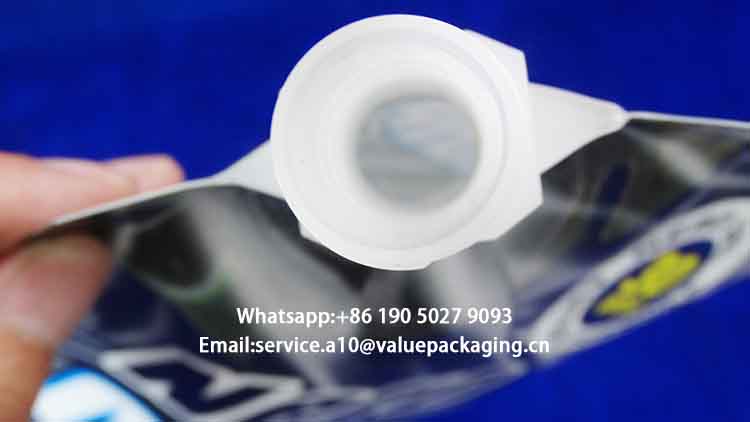
Some of our customers are moving to fully recyclable mono-material bags, which are well resistant to the formulas of liquid detergent. They can work well for liquid detergent up to 250ml, as the mechanical properties of this recyclable bag are so far behind the traditional materials bag.
Now it’s the end. You are welcome to reach us if you have any questions regarding juice pouches. Have a nice day.
